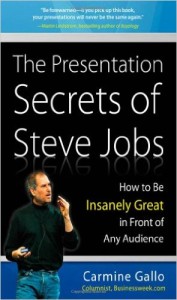Book-Review Blogging for Business
 Online visitors are “test-driving” your company or practice through reading your blog posts. They want to see whether you understand their problems and can quickly and effectively help solve those. Often, the way to be of most help to searchers is to offer “book reviews”, collections of material you have “curated” (gathered and presented) for them.
Online visitors are “test-driving” your company or practice through reading your blog posts. They want to see whether you understand their problems and can quickly and effectively help solve those. Often, the way to be of most help to searchers is to offer “book reviews”, collections of material you have “curated” (gathered and presented) for them.
Remember, though, a review is more than a mere summary. Whether you’re blogging for a business, for a professional practice, or for a nonprofit organization, you’ve got to have an opinion, a slant, on the information you’re serving up for readers. In other words, blog posts, to be effective, can’t be just compilations; you can’t just “aggregate” other people’s stuff and make that be your entire blog presence. But, even while putting your own unique twist on the topic, give your readers links to websites from which you got some of your original information or news.
There’s another reason to curate and review other sources in your own business blog – you need to read what others are saying in blogs and in the press about your field. If there are bloggers whose writing you especially enjoy, create links between your websites. Your own blog content will be all the richer for this back-and-forth sharing. What’s more, you’re likely to win the wholehearted approval of the search engines; you’ll notice that “approval” in the form of upward movement of your blog in the rankings!
Omnivoracious, Amazon’s official book review blog, is focused on books, author interviews, and industry news. As business blog content writers, we are aiming for an Omnivoracious-like effect – making our blog the “go-to” place for target readers interested, not only in the things we sell, the things we know and that we know how to do, but in what our colleagues and competitors know and what they know how to do.
Condensing information is a general term whereby the source message is reduced in length without impacting meaning or grammatical accuracy, says dailycues.com. “Writing for online readers is distinctly different than traditional writing; this means your online content must cater to these readers to grab and keep their attention,” write.com adds.
Try book-review blogging for business!




 “Learn the lingo to beat the scammers,” advises
“Learn the lingo to beat the scammers,” advises
Follow us online!